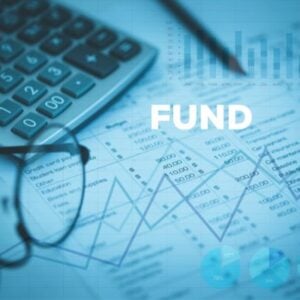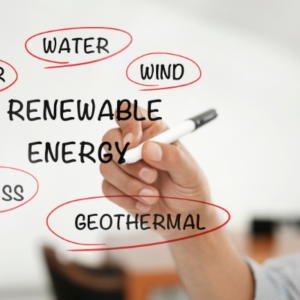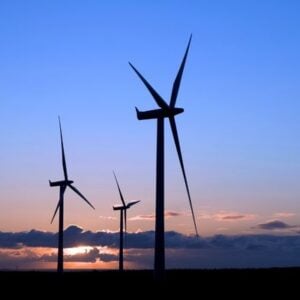Saudi Arabia is rapidly emerging as a global leader in renewable energy, defying expectations by deploying clean energy at an unprecedented pace. While the Kingdom started from a relatively low base compared to other nations, careful planning and strategic investments over the past two decades have laid a solid foundation for a dynamic take-off toward 2030.
UNDP has partnered with the Saudi Ministry of Energy for over 15 years to advance sustainable energy objectives. The collaboration began with the $100 million National Energy Efficiency Program, which led to the creation of the Saudi Energy Efficiency Centre. Since 2019, UNDP has supported the Ministry in integrating renewable energy, conducting techno-economic analyses of new resources, identifying R&D priorities, and facilitating study visits to explore global best practices.
Saudi Arabia’s clean energy ambitions are ambitious: the country aims to generate 50% of its electricity from renewables by 2030 under the National Renewable Energy Program (NREP) and achieve net-zero emissions by 2060. Programs such as the Liquid Displacement Program are replacing heavy fuel oil and diesel with cheaper, cleaner electricity, improving both environmental outcomes and cost efficiency.
Solar energy is expanding faster in Saudi Arabia than anywhere else in history. The 300 MW Sakaka PV IPP, launched in 2019, marked the Kingdom’s entry into utility-scale solar power feeding the national grid. Since then, more than 10.2 GW of renewable capacity has been connected, with over 33 GW in the development pipeline. The country plans to tender 20 GW of renewables annually to meet its 2030 targets, depending on electricity demand growth.
Saudi Arabia’s clean electricity will not only decarbonize its grid but also support global green initiatives, including producing and exporting green hydrogen for European and Asian industries and decarbonizing AI and digital infrastructure. Beyond solar and wind, the Kingdom is exploring geothermal potential along the Red Sea coast to provide reliable baseload power and is advancing civil nuclear research through institutions like KACST and KACARE.
A key element of Saudi Arabia’s strategy is de-risking investments. The deployment of 1,200 meteorological masts across 850,000 km² is generating a national database of wind and solar patterns, which strengthens revenue forecasts, shortens project timelines, and lowers financing costs. Additionally, robust grid integration plans—including large-scale battery energy storage systems—are enabling higher renewable penetration while ensuring reliability. Current BESS projects have a combined capacity of 2 GW / 8 GWh, with an additional 5.5 GW / 22 GWh in development, aiming for 48 GWh by 2030.
Lessons from the UNDP-Saudi Ministry of Energy partnership demonstrate the importance of building a strong foundation anchored in sound policies and regulatory frameworks. This approach has enabled Saudi Arabia to scale clean energy initiatives rapidly, attract sustainable financing, and position itself as a regional energy leader.
UNDP remains committed to supporting Saudi Arabia’s energy transition, strengthening capacity, and promoting a holistic approach to secure, affordable, and clean energy that also drives economic diversification. Saudi Arabia’s journey offers a model for how strategic foresight, investment, and policy alignment can accelerate the global clean energy transition.







